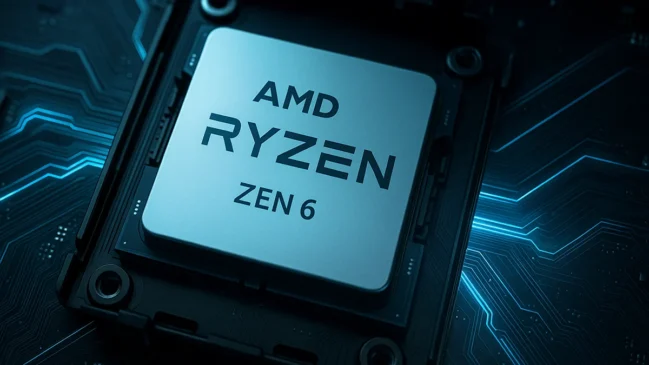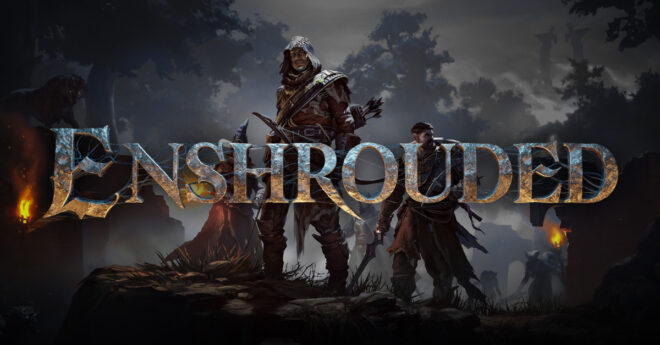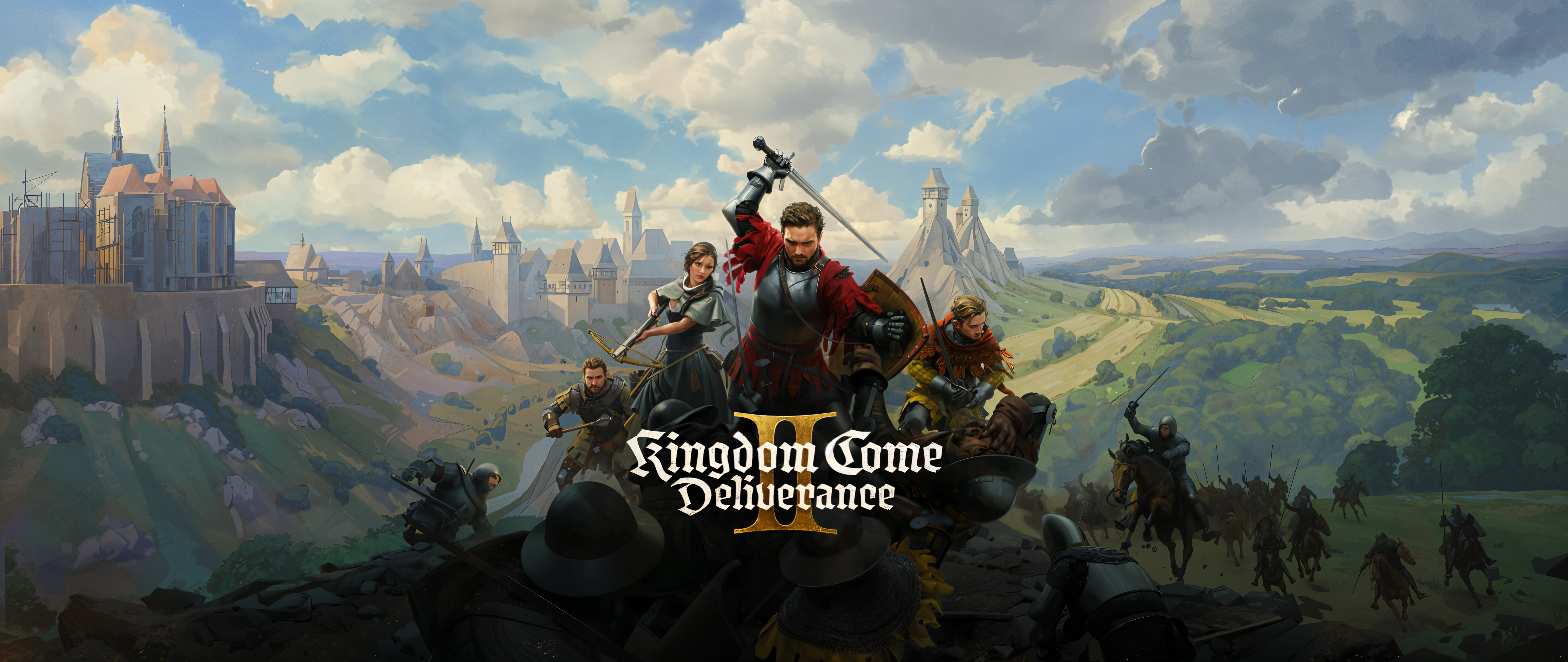
When Kingdom Come: Deliverance launched in 2018, it defied RPG conventions with its dedication to historical realism, offering a grounded medieval experience that captivated players despite its technical flaws. Over the years, it built a loyal fanbase, and anticipation for its sequel only grew as Warhorse Studios promised a bigger, more refined experience. Now, Kingdom Come: Deliverance 2 is here, aiming to expand on everything that made its predecessor unique—richer storytelling, improved combat, and an even more immersive world. But does it live up to the immense hype? Let’s dive in.
AT A GLANCE
Title: Kingdom Come: Deliverance II
Genre: Action, Adventure, RPG
Developer: Warhorse Studios
Publisher: Deep Silver
Release Date: 4 Feb, 2025
Story
At the heart of Kingdom Come: Deliverance 2 lies its story—a gripping continuation of Henry’s journey that not only builds upon the foundation laid by its predecessor but also sets a new benchmark for narrative-driven RPGs. Warhorse Studios has once again committed to delivering an authentic medieval experience, weaving a tale grounded in history yet brimming with personal stakes, political intrigue, and the struggles of a world in turmoil.
Picking up where the first game left off, Kingdom Come: Deliverance 2 thrusts players back into the chaos of 15th-century Bohemia. Henry, no longer the naive blacksmith’s son but still far from a seasoned warrior, finds himself embroiled in a larger conflict that demands more than just swordplay. The game masterfully balances historical accuracy with compelling character-driven storytelling, ensuring that every decision, alliance, and betrayal carries weight. The writing is sharper, the characters more nuanced, and the stakes higher, making for a journey that feels both deeply personal and historically significant.
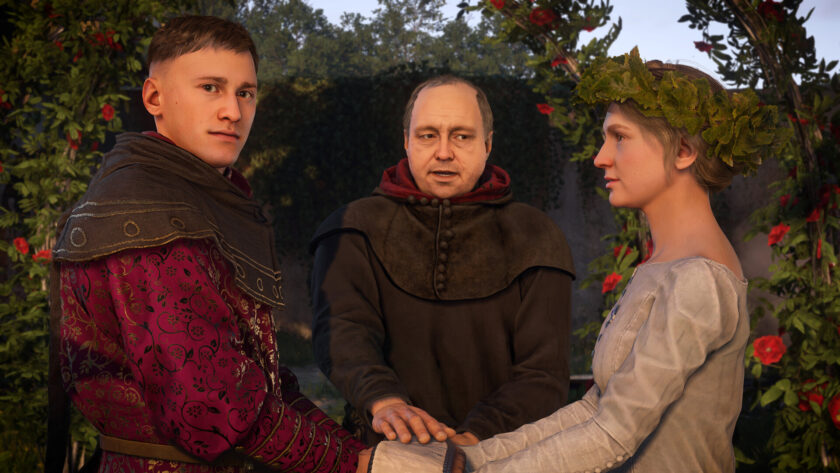
One of the standout elements of Kingdom Come: Deliverance 2 is its approach to realism in storytelling. Unlike many modern RPGs that lean on high-fantasy tropes, this sequel remains steadfast in its commitment to a world without magic, mythical creatures, or divine interventions. Instead, it crafts tension through the complexities of medieval politics, the brutality of war, and the everyday struggles of its people. This grounded storytelling makes Henry’s journey feel more tangible and emotionally engaging, as players must navigate not just battles but also diplomacy, social hierarchies, and the consequences of their choices.
Another defining aspect of the game’s narrative is its dynamic world-building. Towns and villages feel alive, shaped by historical events and the actions of the player. NPCs remember past interactions, react to Henry’s reputation, and offer side quests that feel meaningful rather than just filler content. This level of detail adds to the immersion, making Bohemia feel less like a backdrop and more like a living, breathing entity that evolves alongside the protagonist.
The sequel also refines its approach to branching narratives. While the first game introduced player choice in dialogue and quest resolutions, Kingdom Come: Deliverance 2 expands on this, offering even more paths that lead to drastically different outcomes. Morality isn’t binary—there are no clear “good” or “evil” choices, only consequences shaped by the world’s rigid societal structures. This design philosophy elevates the role-playing aspect, ensuring that every player’s version of Henry’s journey is unique.
Gameplay
Kingdom Come: Deliverance 2 takes everything that made its predecessor a standout in the RPG genre and refines it, delivering a more immersive, responsive, and rewarding gameplay experience. Warhorse Studios has doubled down on realism, player choice, and deep role-playing mechanics, ensuring that every action—from combat to dialogue—feels meaningful.
At its core, the game remains a first-person, open-world RPG that prioritizes historical accuracy and realism. Players once again step into the boots of Henry, navigating 15th-century Bohemia with an expanded set of tools and mechanics that make the world feel more alive than ever. The game retains the intricate survival elements from the first entry, requiring players to manage hunger, fatigue, injuries, and reputation. However, these systems have been fine-tuned to feel more organic and less punishing, ensuring a smoother yet still immersive experience.
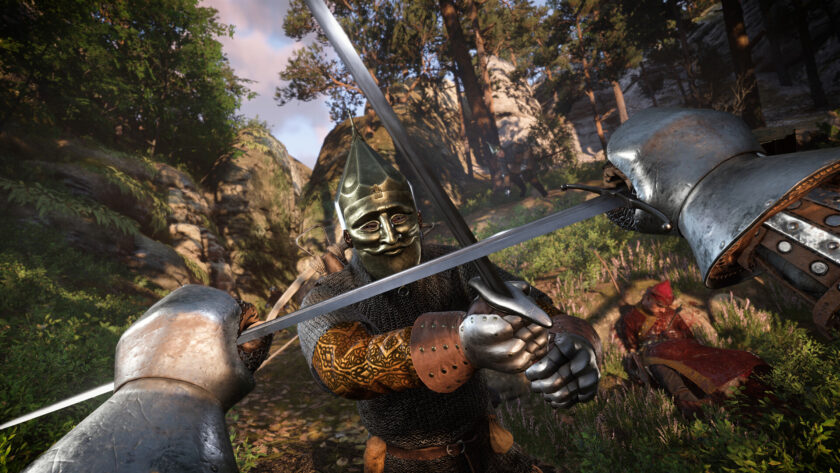
One of the most praised aspects of Kingdom Come: Deliverance was its unique, weighty melee combat system, and the sequel improves upon it significantly. Swordplay remains skill-based, with directional attacks, blocks, and counters that require precision and timing. However, Warhorse Studios has introduced refinements, making fights feel more fluid and responsive while still maintaining the depth and challenge.
New weapon types and combat techniques add variety, allowing players to tailor their fighting style to their preferences. Mounted combat has also been overhauled, making horseback engagements more dynamic and strategic. Whether engaging in one-on-one duels or large-scale battles, players must think tactically, as every encounter demands awareness of stamina, positioning, and enemy behavior.
Archery, a notoriously difficult skill in the first game, has been made more accessible without losing its sense of mastery. The game also introduces new ranged weaponry, expanding combat options for those who prefer a more calculated approach.
The RPG elements in Kingdom Come: Deliverance 2 are deeper than ever, with even more ways to shape Henry’s journey. Dialogue choices carry greater weight, affecting relationships, quests, and the world around him. The game places an even stronger emphasis on reputation—NPCs remember past actions, and Henry’s status influences how people treat him. Whether he is seen as a noble warrior, a cunning manipulator, or a rogue depends entirely on the player’s choices.
The progression system has also been refined, making skill development more intuitive and rewarding. Rather than relying solely on grinding, abilities improve naturally through use. This means that the more players practice a skill—whether it’s sword fighting, persuasion, or alchemy—the more proficient Henry becomes. Perks and specializations further allow for customization, letting players mold Henry into a character that fits their preferred playstyle.
The world of Kingdom Come: Deliverance 2 is more reactive than ever. NPCs follow daily routines, the economy fluctuates based on player actions, and random events create a sense of unpredictability. Towns and villages evolve, and characters remember past interactions, making the world feel genuinely alive.
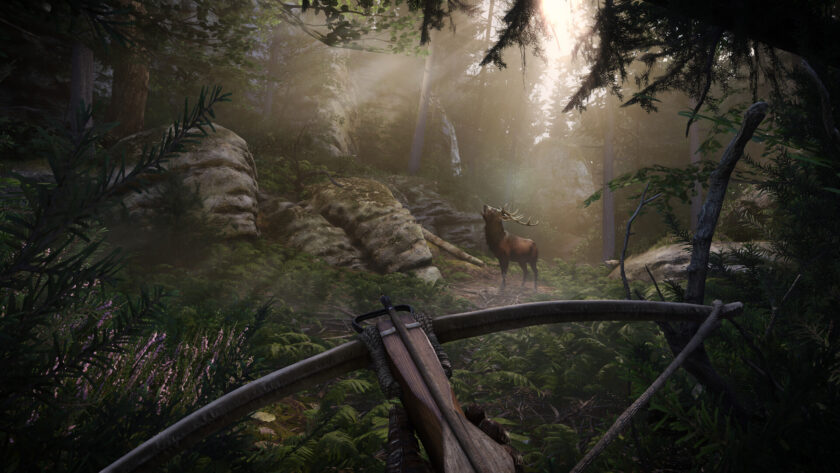
Stealth and thievery mechanics have been improved, giving players more ways to navigate encounters without resorting to violence. The game also introduces more intricate crime and punishment systems, ensuring that actions have realistic consequences. Law enforcement is smarter, tracking Henry’s crimes more effectively, and players must use bribery, disguises, or persuasion to evade capture.
Kingdom Come: Deliverance 2 doesn’t just deliver more of the same—it refines, expands, and enhances every core gameplay element to create one of the most immersive RPG experiences in modern gaming. With deeper combat, improved role-playing mechanics, and a living world that reacts to player actions, the game sets a new standard for historical RPGs, proving that realism and engaging gameplay can go hand in hand.
Visuals, Audio and Technical Performance
Kingdom Come: Deliverance 2 pushes the boundaries of immersion, delivering breathtaking visuals, exceptional audio design, and a vastly improved technical foundation that finally brings the series up to the standards of modern RPGs. Built with next-generation hardware in mind, the game takes full advantage of the PlayStation 5’s power, offering a seamless, stable, and visually stunning experience that far surpasses its predecessor.
Warhorse Studios has crafted a richer and more detailed world, leveraging advanced lighting techniques, higher-resolution textures, and improved environmental density. The landscapes of 15th-century Bohemia are more striking than ever, with rolling hills, dense forests, and bustling medieval towns rendered in stunning detail. The implementation of ray-traced lighting and global illumination adds a newfound depth to the world, making sunrises feel warm and inviting while torch-lit interiors carry a natural, flickering glow.
Character models have seen a significant overhaul, boasting improved facial animations, more lifelike skin textures, and dynamic clothing physics that react naturally to movement. Unlike the sometimes stiff and awkward character expressions in the first game, Kingdom Come: Deliverance 2 ensures that NPCs and key figures display nuanced emotions that make conversations feel more organic and believable.
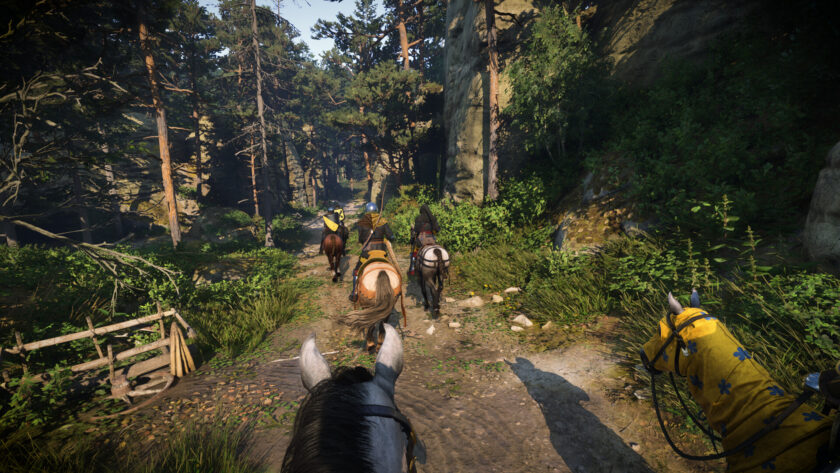
On the PlayStation 5, the game runs at a consistent 60 frames per second in Performance Mode, offering smooth gameplay without the stuttering or frame drops that plagued its predecessor. A Fidelity Mode allows players to experience the game in native 4K with higher graphical settings, ensuring that those who prioritize visuals can enjoy the most breathtaking rendition of medieval Bohemia.
The audio design in Kingdom Come: Deliverance 2 is nothing short of masterful, delivering a deeply immersive experience that enhances every aspect of gameplay. The game’s orchestral score blends traditional medieval instruments with sweeping compositions, dynamically shifting in tone based on the situation. Peaceful moments in the countryside are accompanied by gentle string melodies, while intense combat scenarios feature booming drums and urgent brass arrangements that elevate the tension.
Perhaps the biggest standout in the game’s audio design is its voice acting. One of the criticisms of the original Kingdom Come: Deliverance was the inconsistent delivery of dialogue, with some performances feeling wooden or out of place. The sequel corrects this with an exceptional cast that brings its characters to life with natural and engaging performances. Henry, now a more seasoned protagonist, is voiced with depth and emotion, reflecting his growth and experiences. NPCs, from nobles to common folk, exhibit a wider range of accents and expressions, making conversations feel more authentic.
Environmental audio is another highlight, with highly detailed soundscapes that add to the sense of realism. The rustling of leaves, distant echoes of blacksmith hammers, and the chatter of townsfolk create a world that feels alive even when the player isn’t directly engaged in action. 3D spatial audio on the PS5 further enhances immersion, allowing players to hear approaching footsteps, distant battles, or the faint howl of wolves in the night with pinpoint accuracy.
One of the most significant improvements over its predecessor is the game’s technical stability. The original Kingdom Come: Deliverance was notorious for its bugs, long load times, and frequent performance issues, even on high-end hardware. Warhorse Studios has learned from these shortcomings, delivering a sequel that is not only more visually ambitious but also far better optimized.
Load times on the PlayStation 5 are virtually non-existent, thanks to the console’s SSD, allowing players to fast travel and enter buildings without the frustrating delays of the first game. AI behavior has been refined to be more consistent and responsive, eliminating the awkward pathfinding issues and NPC glitches that occasionally broke immersion in the original.
The game also benefits from improved physics and collision detection, preventing many of the clunky interactions that led to unintended (and sometimes hilarious) bugs in the past. Whether engaging in combat, riding through a bustling village, or sneaking through enemy territory, the gameplay feels smooth and polished, free from the game-breaking bugs that previously hindered the experience.
Final Thoughts
Summary
Kingdom Come: Deliverance II is everything a great sequel should be - ambitious, refined, and vastly improved in every aspect. Warhorse Studios has taken the foundation of the original and expanded upon it with a gripping story, deepened RPG mechanics, and an open world that feels more alive than ever. The combat remains challenging yet rewarding, the visuals and audio design are top-tier, and the technical improvements ensure a smooth and immersive experience, especially on the PlayStation 5. Where its predecessor struggled with performance issues and occasional jank, this sequel delivers a polished, stable, and highly detailed medieval adventure that sets a new benchmark for historical RPGs. Whether you're a returning fan eager to continue Henry's journey or a newcomer experiencing the series for the first time, Kingdom Come: Deliverance II stands as a shining example of what happens when a studio listens, learns, and builds upon its strengths to create something truly remarkable.



